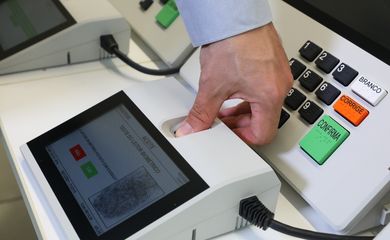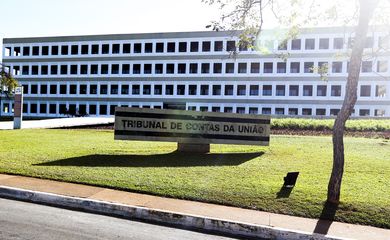Brazil electoral court starts sealing of electronic voting system

Brazil’s Superior Electoral Court today (Aug 29) started its ceremony of digital signature and sealing of electoral systems—one of the mandatory stages conducted by the court’s technical staff before the elections.

The event lasts one week and should end at 6 pm next Friday (2) when court head Judge Minister Alexandre de Moraes and other authorities digitally sign the final version of the software used in the elections.
The ceremony is protocol before every election and marks the end of the development and inspection stage of electoral systems. While the systems are sealed, ten court analysts perform a final check of the source codes to ensure they are fully operational.
Next, all the programs—including those used in the electronic ballot boxes and in the vote count—are compiled and recorded on non-rewritable media, which are then digitally and physically sealed inside a safe room at the court’s headquarters.
The media serve as a kind of model for the programs installed in the electronic voting system, and may be used later on to verify the integrity of programs in the electronic ballot box, for example.
The ceremony may be attended in person by election inspectors and accredited journalists.
Before the first round of elections, to take place on October 2, two more mandatory ceremonies involving the voting programs should be held.
One of them is the media generation ceremony, in which the data from the media sealed by the electoral court will be replicated in order to be physically installed in the voting machines, as the equipment is not connected to any form of network. The event is public and may be attended by political parties, candidates, and any interested voter.
Next comes a ballot box preparation ceremony, also public, in which the replicated media sent to each polling station are installed in the ballot boxes. After the procedure, each machine receives a physical seal.
Afterwards, a final ceremony allows any interested party to publicly verify the integrity and authenticity of the systems used in the transmission of reports and vote counting.





